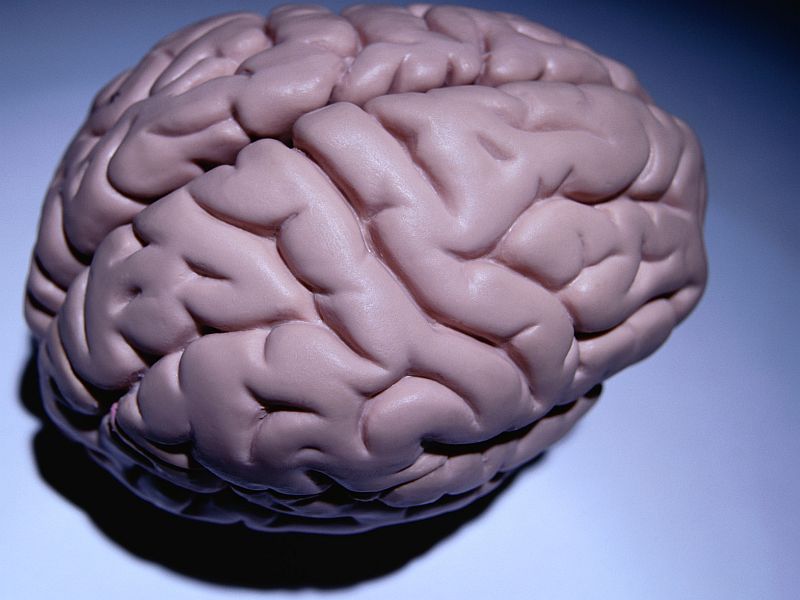
A gene involved in bone growth and muscle functioning in mammals may also play a role in brain development in humans and their primate cousins, researchers report.
The evolutionary “repurposing” of the gene osteocrin — found in all mammals — may help explain why humans and other primates have higher brain function than other species, despite having mostly identical genes.
Researchers found that osteocrin is highly active in the brains of humans and other primates, but turned off in the brains of rodents.
In humans and other primates, osteocrin is found mostly in cells of the neocortex. This is the most evolved part of the brain. It regulates the senses, the ability to think about objects in three dimensions, and more complex thinking and language, according to the study in the Nov. 10 issue of the journal Nature.
The findings offer the first example of genetic repurposing in the nervous system and the brain, researchers said.
“We have uncovered what we believe is a critical clue into the evolution of the human brain, one that gives us a glimpse into the genetic mechanisms that may account for differences in cognition between mice and humans,” said senior investigator Michael Greenberg. His remarks were in a news release from Harvard Medical School, where he is chairman of the department of neurobiology.
“Humans share many genes with rodents and as much as 90 percent of their DNA in some parts of the genome,” said study co-first author Gabriella Boulting, a neurobiologist at Harvard.
“In this case we see how turning up the expression of the same gene in a different location may precipitate dramatic differences in the function of brain cells,” she explained.
More research is needed to determine how osteocrin interacts with neurons (brain cells), what regulates its activation and how it affects brain physiology in disease and health.
More information
The U.S. National Institute of Neurological Disorders and Stroke has more on the brain.
Source: HealthDay

Leave a Reply